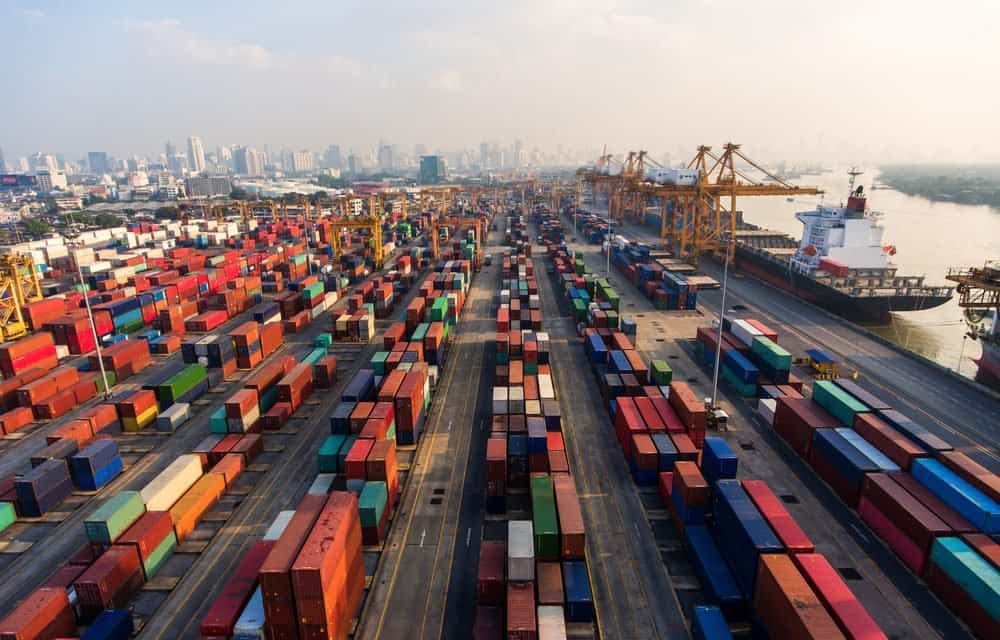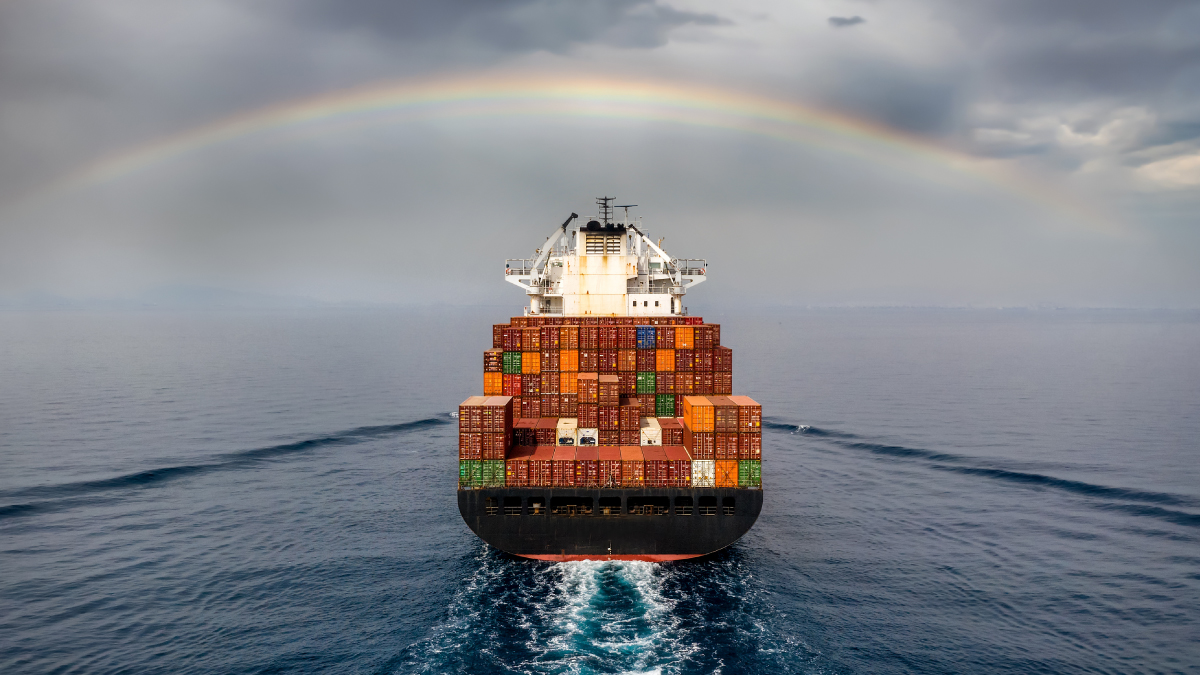Following the most challenging year that the industry has ever seen, 2021 has arrived with many unknowns but also some positive signs to be hopeful.
The pandemic had severe effects on many industries in 2020, including shipping. Global maritime trade is expected to have plunged by 4.1% in 2020, according to the United Nations Conference on Trade and Development (UNCTAD). The institution’s latest report adds that new waves of COVID-19 that further disrupt supply chains and economies may cause a steeper decline. It has already sent shockwaves through supply chains, shipping networks, and ports and led to a harsh decrease in cargo volumes. UNCTAD predicts the short-term future of the industry to be challenging.
However, there are signs to be optimistic about, even in the short-term. First of all, when the pandemic first started and countries began to close in March, there were more question marks. Now the dust is more settled compared to back then. There was also the fear of a total shipping slump, which didn’t happen. On the contrary, the latest figures are quite positive.
Global trade through container shipping was up 2.7% in the third quarter, compared with the year-earlier period, and the year-to-date volume is just 3% behind the same period of 2019 following a 6.9% rise in September, the second consecutive month of growth.
UNCTAD expects maritime trade growth to return to positive territory and expand by 4.8% in 2021, assuming world economic output recovers. But it highlights the need for the maritime transport industry to brace for change and be well prepared for a transformed post-COVID-19 world.
There are, of course, still too many unknowns. Let’s take a look at the different scenarios and expectations for 2021.
Will the pandemic end?
The biggest uncertainty is about how long the pandemic will last. This, of course, has a huge effect on the global economy. According to the International Monetary Fund’s (IMF) latest forecast, China is the only major economy to record GDP growth in 2020 but other markets will see a significant bounce back in 2021. This is based on the assumption that the pandemic will be brought under control in 2021, which doesn’t seem unrealistic at all since the vaccination has already started. Still, we shouldn’t neglect that the second wave of the pandemic continues in Europe where the rate of unemployment is high but the demand for goods and energy products is low. It looks like even if the expectations are positive, it will take some time.
Increased carrier discipline to continue
In 2020, even during the worst times of the pandemic when cargo volumes went down, the same thing didn’t happen with freight rates, thanks to more disciplined carriers that managed the capacity much better by cutting capacity by blank sailings, reducing costs, taking advantage of lower fuel costs and focusing on the profitability rather than market share. As a result, spot rates were stable even at the peak of the pandemic when there was less cargo. This carries discipline has to and is expected to continue in 2021.

Higher freight rates possible
In 2020, carriers started to implement higher rates under premium services which costs up to 2.000$ per container. There won’t be many new vessels coming into the market in 2021 which means the currently offered capacity won’t change much. This raises the possibility of higher freight rates in 2021, compared to the 2019-2020 contract season. The latest news from the industry indicated that the importers are ready to pay higher freight rates.
Supply chains to get shorter?
The latest UNCTAD report says that “While COVID-19 has underscored the global interdependency of nations, it has raised existential questions about globalization and added weight to the pushback against outsourcing from distant locations.” According to the report, there is a strong possibility for the supply chain shortening, including nearshoring and reshoring, with less dependence on just-in-time and lean inventory models.
More investments needed in digitalization and automation
The pandemic has shown how important are digitalization and eliminating paperwork in the shipping industry, including in ports, the report observes, reinforcing the need for standards and interoperability in electronic documentation. Digitization of the supply chain and real-time tracking and tracing is almost a given now. Smaller-size companies that cannot keep up with this trend in 2021 will likely lose their competitive edge. Increased digitalization will also come with increased cybersecurity risks, another thing that the companies will need to pay attention to in 2021.

The ‘come-back’ must be done in a sustainable way
While the industry’s biggest and most realistic goal in 2021 seems to be somehow catching up with the figures of 2019, it’s not 2019 anymore. The IMO 2020 low sulfur fuel usage regulation is already in effect. The ultimate goal is still to reduce total greenhouse gas emissions by at least 50 percent by 2050 compared with 2008. The actors of the industry will have to address sustainability while they are trying to ‘normalize.’ Sustainability will be an essential aim for the industry similar to cutting costs, making more profit, and increasing market shares.







